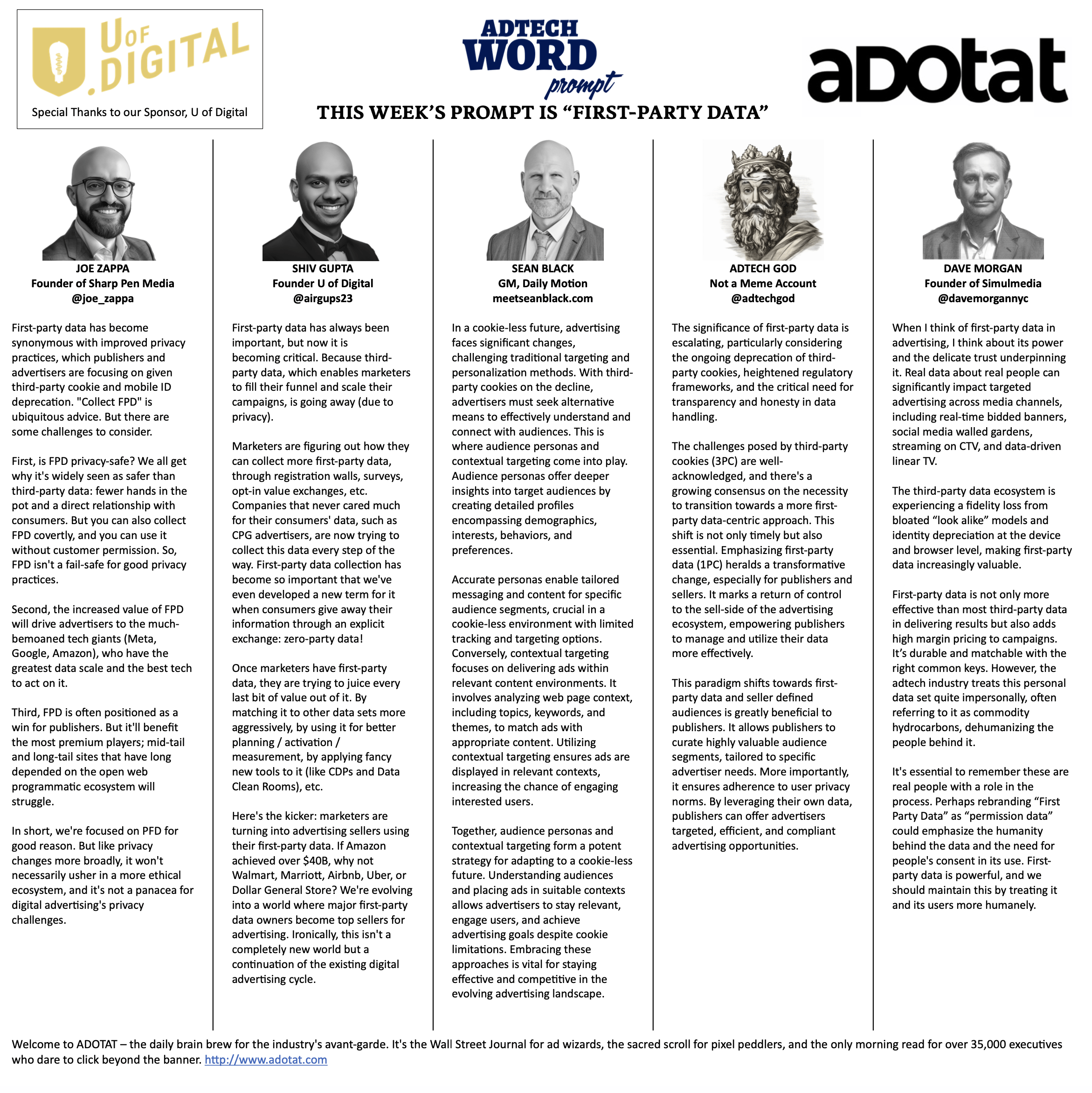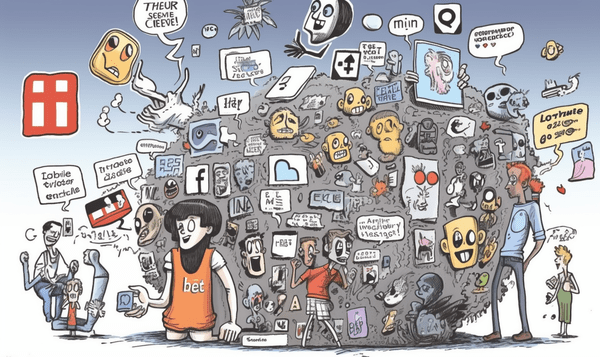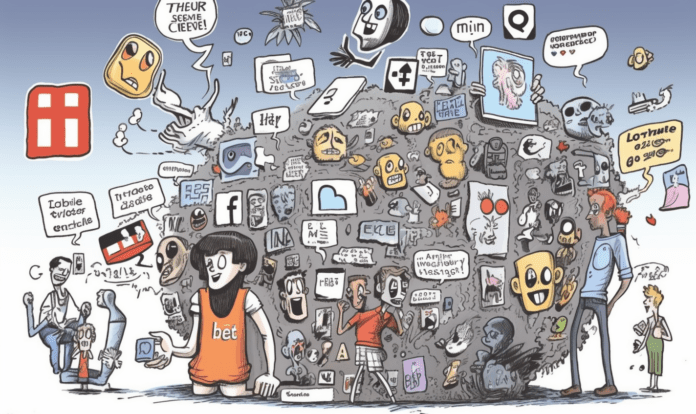The murmurs are growing louder, and the shadows in the alleyways whisper of a return — the Bid Duplications are back.
It’s time to peer into this digital twilight and unravel the tales entwined within.
In the digital cosmos of programmatic advertising, bid requests are nothing short of sacred rituals — the beckoning calls from the publisher’s sanctuaries, inviting the pantheon of Demand Side Platforms (DSPs) to grace their digital real estate with an advertisement. These requests, however, aren’t mere signals lost in the vastness of cyberspace. They are intricate and intimate letters, laden with details — about ad placement, the choir of the targeted audience, and the lavish price an advertiser might pay to earn that hallowed spot.
The beauty lies not just in the request but in the ensuing dance. Publishers serenade multiple DSPs, each evaluating the request with a sharp, discerning gaze. They engage in a bidding war, with the highest bidder’s ad shimmering into existence for the visitor. This celestial ballet occurs at the speed of thought, epitomizing the elegance of automation, ensuring advertisers resonate with their audience in harmony.
The Temptation of Multiple Bid Trafficking
Yet, where there is sanctity, there’s always temptation lurking close. The exchanges, the middlemen of this grand opera, sometimes succumb to it.
Their scheme? Trafficking multiple bids for the same sacred impression.
The objective? Amplifying the odds of securing the bid.
But every deception has its price. In this delicate ecosystem, their cunning plan failed them, especially when the economic tides turned treacherous, and they found themselves spiraling towards oblivion.
Earlier this month, amidst the digital cacophony, an anonymous oracle emerged, casting aspersions on the supply-side platform (SSP) FreeWheel, a progeny of the Comcast lineage.
Through whispers and concealed screenshots, this seer accused FreeWheel of conjuring a duplicitous scheme named Smart Bidding.
The indictment? That FreeWheel, in its quest for supremacy, would dispatch numerous bid requests for identical inventory, artificially inflating demand and bamboozling buyers into bidding for a phantom audience.
Such mirages, though captivating, do not truthfully mirror the publisher’s congregation or its treasures. The tragic fallout? Advertisers could end up pouring their gold into bottomless chalices.
But every story has two faces. Representatives of FreeWheel, garbed in robes of defense, proclaimed that Smart Bidding was but an innocent in its infancy, yet to be unveiled to the world. They argued that the oracle’s revelations plucked proprietary truths and skewed them. In their rendition, Smart Bidding was the messiah of connected television, conjuring opportunities for shorter ads to triumph in longer slots, an art previously reserved for ads of equal length.
This digital drama unfolds against a backdrop of a faltering economy, casting its long shadows over every act. Exchanges, already in the crosshairs of discerning programmatic buyers, find their existence further threatened. Surges in digital traffic amplify costs in processing bid requests, adding weight to the sinking ship. DSPs, already staggering under economic burdens, now have an added incentive — and perhaps, a moral compass guiding them — to obliterate the specter of bid duplication.
But as the sun sets on this act, a survey by Adprofs reveals the fragmented soul of the industry. While 16% believe in the fairness of the game, 44% cast dubious glances, and a resounding 40% declare it a dance with shadows, unethical at its core.
In this maelstrom of digital desires and deceptions, the quest for transparency becomes paramount. As the chapters unfold, one can only hope for clarity, for truth to emerge from the shadows, and for the industry to find its guiding star.
With the advent of header bidding, the digital skies witnessed a new constellation. Publishers found themselves in a renewed position of strength, with DSPs like The Trade Desk bestowing blessings upon those that practiced auction duplication. Why? The mathematics was simple, yet potent: More bid requests for the same digital canvas heightened the chances of securing a princely sum from a DSP.
But like every tale of power, there came a twist. The Trade Desk, the grand sorcerer of this realm, began its crackdown. While it didn’t banish the incentives entirely, it did cast a spell to diminish the allure, curbing the rampant usage of the same exchange over and over.
Ratko Vidakovic, the renowned sage from the land of AdProfs, pondered upon this turn of events. “The Trade Desk’s actions, while economically rational, seem rather raw,” he mused. “In their quest to eradicate bid duplication, they are pruning the tree without discerning the fruitful branches from the barren. Not all exchanges are created equal, after all.”
Decoding the Layers of Auction Duplication
Yet, the maze deepens. For within the world of auction duplication, two distinct pathways emerge. The first, a path carved by exchanges, initiating bid duplications. The second, a trail blazed by publishers, wrapped in the cloak of wrapper duplication.
The former has found itself ostracized, labeled as manipulation of the sacred auction dynamics. The buyer’s chorus has been loud and unanimous against it. They seek accountability, with some champions like etching bid duplication atop their list of forbidden arts.
But, the latter path, the publisher-initiated wrapper duplication, bathes in the sunlight of acceptance. When a publisher dances with multiple wrappers, a single exchange finds itself echoing multiple bid requests for the same impression. It’s a perplexing paradox. Why does the industry embrace one while shunning the other?
Among the myriad voices, Alexandre Nderagakura’s resonates with a clarity that cuts through the din. On the digital scrolls of Twitter, he illuminated the growing concern: The programmatic ecosystem, he warned, is being deluged with duplicated bid requests, murky waters that cloud the true value of every impression. Beyond the financial quagmire, there’s an environmental toll — a carbon footprint expanding with every unnecessary bid.
Moreover, Nderagakura spotlighted the complex tapestry of pricing dynamics. “Is it just to pay identical sums for duplicated bids?” he pondered, echoing the sentiments of many. Even as the quality of a bid request metamorphoses, some platforms, like The Trade Desk, often veer towards undervaluing them, seeking to capture the ethereal essence of an ad’s true worth.
Bid duplication, while an arcane art, has tangible repercussions. An influx of bids can inflate demand, which, over the sands of time, may elevate the Cost Per Thousand clicks (CPMs). But, like pouring water into a chalice, there’s a danger of overflow. Flooding the market risks drowning the value, casting shadows of uncertainty over CPMs.
But perhaps, the gravest concern is the loss of transparency. Advertisers, once confident navigators of these waters, now find themselves adrift, their compasses rendered unreliable. They question the very essence of what they’re acquiring, yearning for the beacon of clarity.
As the curtain falls on this act of bid duplications, the digital realm stands at a crossroads. The path ahead is uncertain, strewn with choices and challenges. In this intricate ballet of bids and bytes, the industry’s soul yearns for enlightenment, for ethical practices that honor both buyer and seller, ensuring the sacred dance of programmatic advertising continues, untainted and true.























